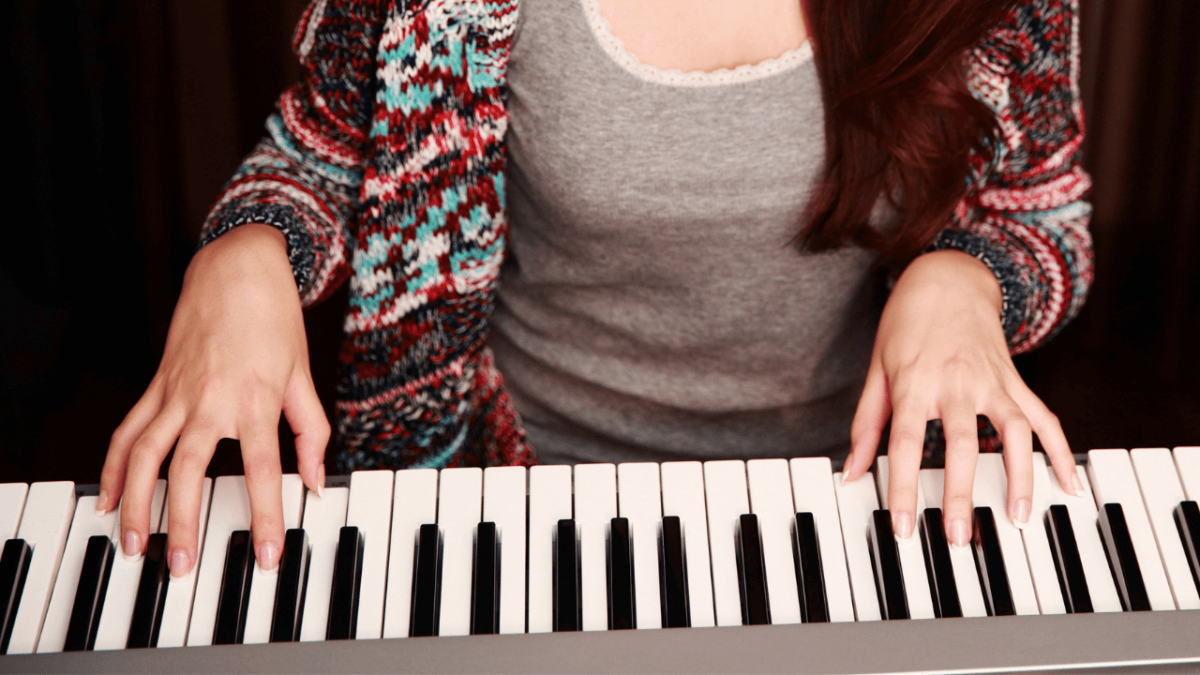For those just starting the piano, many may find themselves thinking, “I can’t play well with both hands…” “How should I practice to improve?”
Here, we’ll clearly explain tips for playing with both hands—a common hurdle for beginners—along with specific practice methods.
What Causes Beginners to Struggle with Playing with Both Hands?

- Inability to control the right and left hands independently
- Unsettled fingerings or hand position/form
- Insufficient understanding of rhythm and meter
The biggest hurdle for piano beginners is moving both hands simultaneously.
Especially when the rhythms or melodies differ, your fingers may not move as intended even if your head understands it.
Practice Methods When You Can’t Play with Both Hands
1. Perfect Each Hand Separately Before Putting Them Together
Start by practicing the right hand alone and memorize the melody. Get used to the finger numbers and note flow until you can play smoothly.
Then practice the left hand in the same way, and finally put both hands together.
A VR Piano Game Perfect for One-Hand Practice
2. Put Hands Together at a Slow Tempo
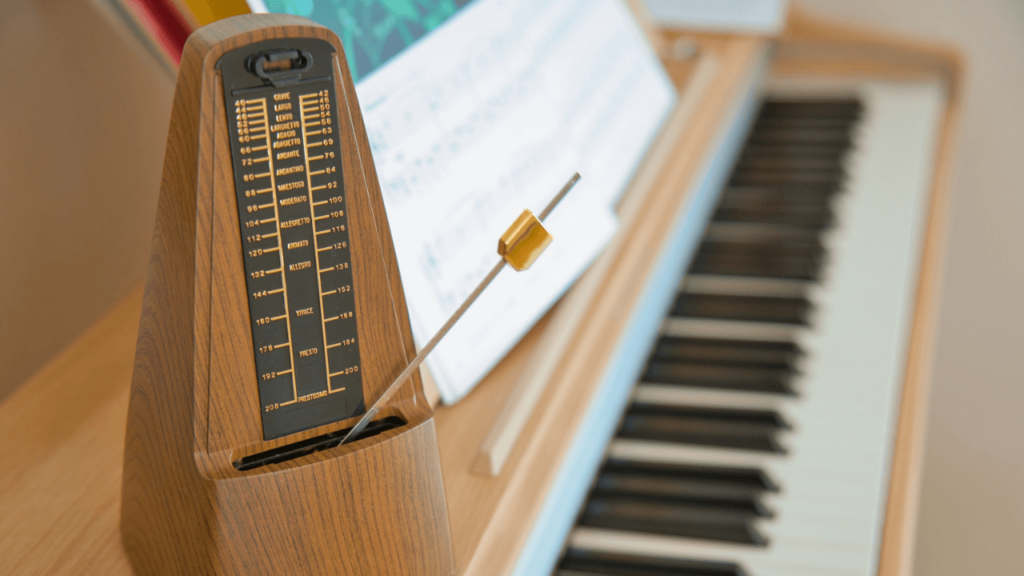
At first, it’s fine to play at an extremely slow tempo.
It’s important not to speed up until you can play the notes accurately without rushing.
Once the mistakes disappear, gradually increase the speed.
3. Isolate and Practice Difficult Rhythmic Spots
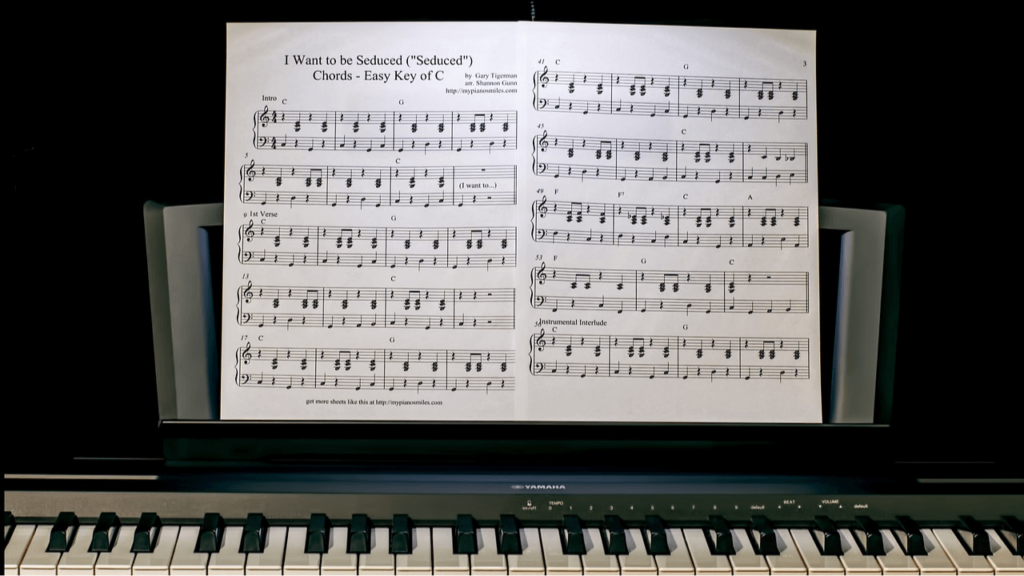
For example, sections where the right hand plays eighth notes while the left hand plays quarter notes can feel difficult at first.
In such cases, practice by having each hand keep only its rhythm to get the timing into your body—this can be very effective.
After you can play each section, gradually connect them until you can play the entire piece through.

Key Points for Playing with Both Hands
1. The Importance of Hand Form and Finger Numbers
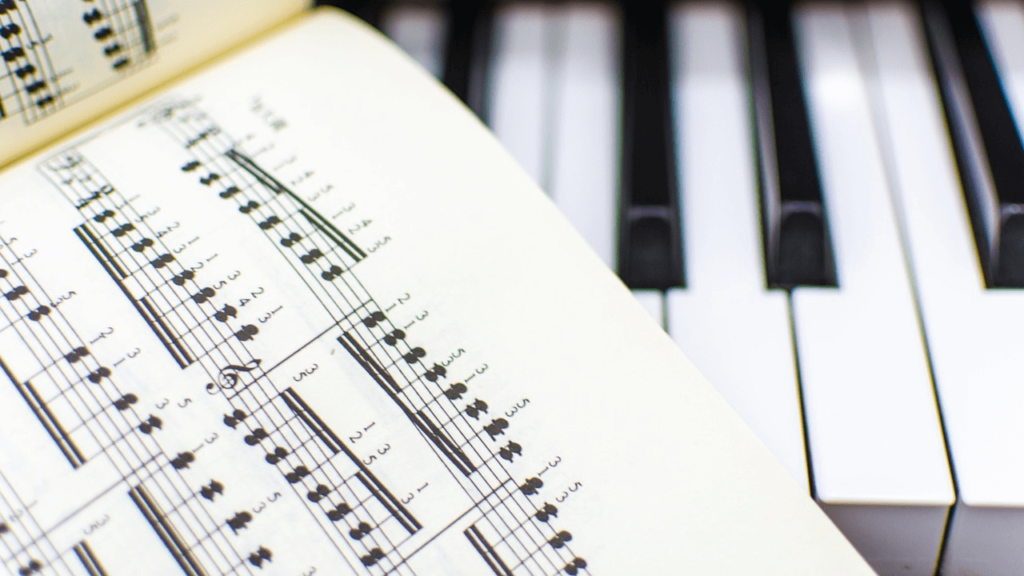
To succeed at playing with both hands as a beginner, being mindful of a proper hand form and finger numbers is essential.
Hand form: Keep your fingertips gently curved, and avoid unnecessary tension in the wrists and arms.
Finger numbers: If finger numbers are written in the score, basically follow them.
2. Understanding Rhythm and Meter
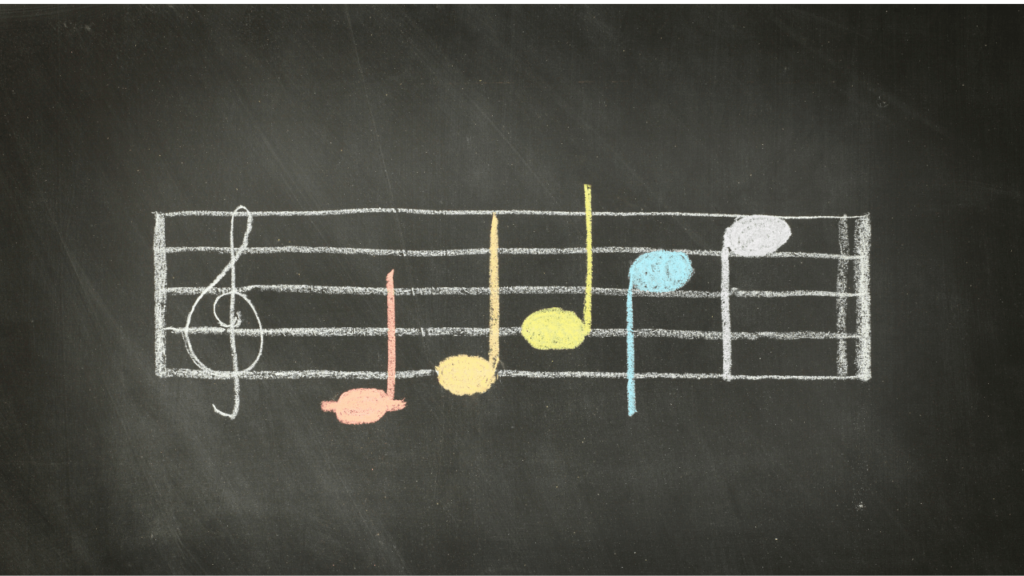
Being conscious of the bar-by-bar structure makes it easier to synchronize both hands.
If your rhythms don’t line up, try practicing while actually counting out loud to internalize the beat.
Example: In 4/4 time, say “1-2-3-4” out loud.
Tips to Make Two-Hand Practice More Efficient
1. Use a Metronome
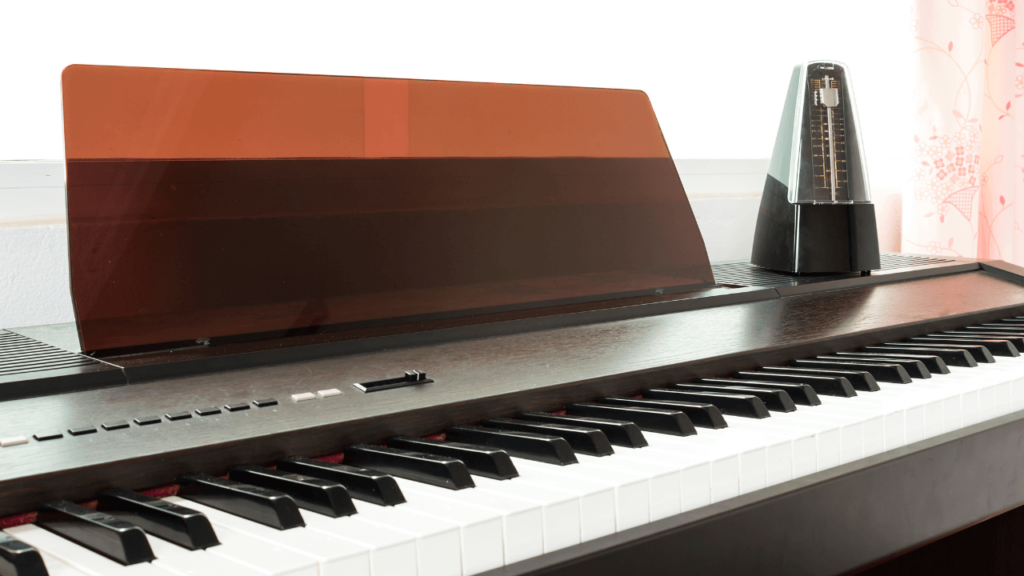
Beginners whose hands tend to fall out of sync will find it easier to match by keeping time with a metronome.
Depending on the piece, start quite slowly (e.g., 60–70 BPM), then increase by about 5 BPM as you get comfortable.
2. Check Objectively by Recording Video/Audio

By recording home practice on a smartphone, you can objectively see misalignments or fingering issues you might miss while playing.
Focus repeated practice on parts where the hands don’t align or that you find difficult to efficiently level up.
Frequently Asked Questions (Q&A)
-1024x684.png)
Q1. I’m a beginner—can I learn to play with both hands by self-study?
A. Yes, you can!
However, self-study can easily lead to bad habits in form and fingering, so use method books and videos to learn proper technique.
Q2. My head gets confused when I play with both hands.
A. The key is to perfect the right and left hands separately before putting them together.
Then proceed step by step with slow tempo and rhythm breakdown to reduce confusion.
Q3. How long until I can play smoothly with both hands?
A. If you practice consistently for about 15–30 minutes a day, many people can play simple songs with both hands in a few weeks to a few months.
It varies from person to person, so keep at it without rushing.
Summary: Even Beginners Can Learn to Play with Both Hands!

What beginners who can’t yet play with both hands should do first is practice perfecting each hand separately before combining them, in a slow and gradual manner.
If you solidify the basics—how to count rhythm, finger numbers, and hand form—even beginners can definitely play with both hands.
- One-hand practice → both hands at a slow tempo → speed up
- Break down rhythms and practice by section
- Use a metronome and recordings to check objectively
Please try the practice methods in this article and enjoy the fun of playing the piano with both hands!
Then practice the left hand in the same way, and finally put both hands together.

